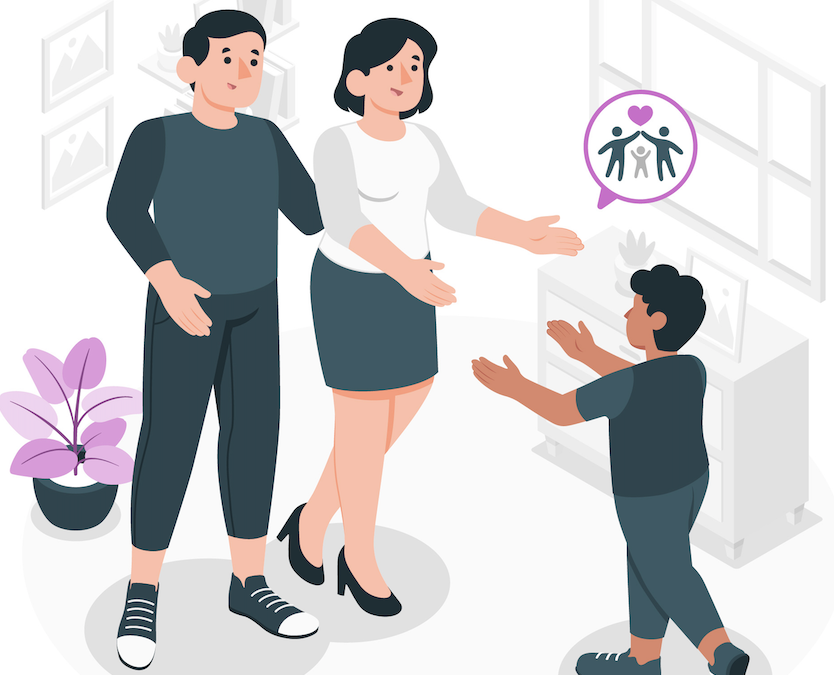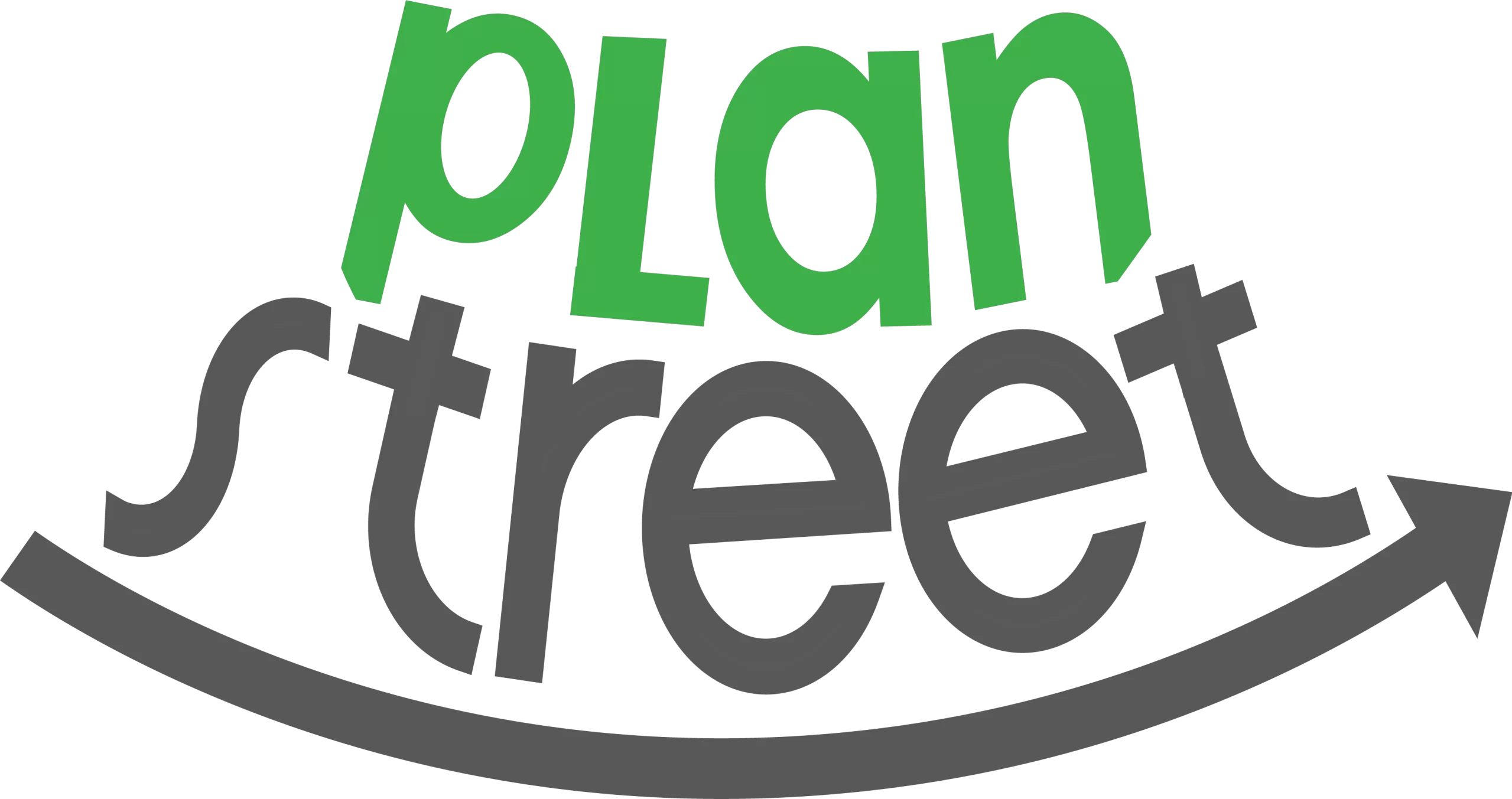Foster Care Service 101: What You Need To Know

The topic of foster care is complicated. Although the method is widely used in our society, most people are unaware of it.
The US child welfare system works to safeguard kids from abuse, assist families in need, keep kids safe at home when that’s possible, give kids temporary out-of-home care when that’s necessary, and ultimately make sure that kids have secure, long-term homes with their families, loved ones, adoptive parents, or legal guardians.
Children and teenagers are removed from their homes and placed in foster care when their home or family situation becomes unsafe for them. These young people are occasionally placed in group homes or residential care. Sometimes kids move in with members of their extended family who can provide temporary care or with strangers who want to act as foster parents.
The Annie E. Casey Foundation estimates that:
- In 2020, 213,964 children under the age of 18 were placed in foster care in the United States, or 3 per 1,000.
- For the past 20 years, the entry rate has been steady at 3 or 4 per 1,000.
- Children entering care make up the majority of those aged 1 to 5 (30 percent in 2020).
In this piece, we’ll try to understand what foster care is and how it works.
What Is Foster Care?
Foster care is a short-term living arrangement for children whose parents are unable to provide for them and whose need for care has been noticed by child welfare agency workers. Children in foster care may reside with family members, foster families, or in facilities for groups. The majority of children who are placed in foster care eventually return to their parents or other primary caregivers.
Foster care can be unofficial or handled by the courts, a social service organization, or both. When adoption is deemed to be in the child’s best interests, the aim for a child in foster care may be modified from a reunion with the birth family. Adoption is a long-term solution, whereas foster care is transient.
Because they or their families are in distress, children are placed in foster care. These kids, whose ages range from newborns to teenagers, frequently live in unsafe environments, endure abuse or neglect, or have parents who cannot look for them. These kids are consequently taken out of their parent’s custody.
There are more than one ways the foster care system might be adopted. Foster adoption, also known as fost-adoption, is a type of adoption in which a kid is placed in a household that has been approved with the goal of eventually becoming legally free and being adopted by people who are doing the foster care.
Foster parents may not adopt all of their foster children. They are now legally available for adoption because the rights of their biological parents have been removed. Through sites like photo listings on Meet The Children, a family can learn more about those children.
Challenges of Foster Care
Caring for foster children can be a way to help kids without a home or to build your own family. But your foster child’s behaviour might often baffle you. Foster care — even good foster care — can have profound effects on a child. Every move a foster child has had to endure, even if the previous home was abusive or neglectful, takes a toll on their security.
Here are some of the challenges that your foster children, or you as a foster parent, can face:
- Behavioural Health Issues
These difficulties can include a drug-dependent child, mental health conditions including depression, behavioural or hygienic problems, linguistic or cultural hurdles, a handicap, legal problems, and more. - Attachment Problems
In the first two years in foster care, between 33% and 66% of placements are disturbed, according to reports. Children with attachment problems may exhibit distrust and suspicion, be unable to follow directions, or show little remorse for their actions. Some people superficially or indiscriminately become attached to adults. - Developmental Obstacles
The growth of foster children is frequently delayed. Developmental delays, such as those in speech or the accomplishment of physical milestones like crawling or walking, might result from early neglect, alcohol or drug use during pregnancy, or premature birth. - Birth Family Visits
Visits with parents or siblings are possible for foster children who may one day be reunited with their birth families. The foster family’s routines may be disturbed by the visitation schedule. Birth family visits may last several hours and occur multiple times each week. They could also entail extended weekend visits.
Traits of a Good Foster Parent
Fostering a child is not easy and may come with its own challenges that can give you a tough time as a foster parent. From attachment and behavioural issues of the child to attachment and trust problems and legal complications, you must embrace yourself for a whole lot of change in your life. Listed below are some of the traits that you need to have to be successful as a foster parent:
- Patience
Foster parents must be patient, maintain composure under pressure, and find other means of conflict resolution without harming their foster children. - The Capacity to Create a Secure Environment
A youngster can feel comfortable in your home if you have boundaries that are clearly stated and uncomplicated standards for behaviour. Children require individuals who will enforce rules fairly and show that they will respect the child’s needs and provide protection. - Ability to Manage Behavior
Most children who have been in the system have developed coping mechanisms as a result of being abused and neglected as young children. Because they frequently work against developing a link between a parent and kid, these approaches are frequently perplexing to foster and adoptive parents. - Trustworthiness
Many youngsters in foster care have had trouble in the past trusting people. When new parents consistently offer daily care that includes love, food, and shelter, children can eventually learn to trust them. Children also learn to trust their parents when they see them steadfastly fighting for their needs, when they receive positive reinforcement, and when their parents follow through on their commitments. - Acceptance of Child’s Special Needs
Children who are waiting for a family will most likely have social, emotional, and learning delays. A nine-year-old might display behaviour typical of a four-year-old, or a five-year-old might have the friendship skills of a two-year-old. Parents should anticipate that it may take children a relatively long time to adjust to and bond with a new family.
What Is Foster Care Case Management?
Foster children, families, and foster parents get social work counselling as part of foster care case management. Foster care case managers oversee and plan the children’s medical care in accordance with predetermined criteria.
The welfare of children who have been removed from their homes due to abuse, neglect, or other reasons is the responsibility of foster care case managers. They assist these children on a daily basis by working with them to obtain permanent housing, gain access to social services, and go to school.
In order to obtain and organize services that are offered and suitable for the child’s circumstances, case managers collaborate with families and caregivers. A child still living at home with a parent may have very different service needs than a child who has been taken away from a parent or caregiver.
The goal of case management services is to keep families together by supporting and educating parents and caregivers, to reunite children who have been taken from their families, to keep children in out-of-home care in a stable, safe environment, and to find suitable, permanent placement for children who cannot be returned to their parents or caregivers.
The objective is to make sure parents have the resources, assistance, and support they require to independently raise their children in a secure, supportive environment. Parents are frequently directed to assistance providers with expertise in co-occurring disorders treatment, parenting education, child care, housing, domestic violence services, psychological/psychiatric therapies, and family preservation programmes.
How Technology Is Improving Foster Care?
Nowadays, having access to technology is equivalent to having access to opportunities. Cell phones and laptops provide access to a wide range of educational, professional, and social opportunities that are otherwise hard to come by. A foster child from a low-income family needs modern technology to keep up with peers in practically every area of life.
Providers of case management solutions have come a long way in closing the long-standing technical divide in foster care. Different options for fostering, adoption, licencing, and protection of foster children are now offered by a growing variety of software programs.
These platforms typically include case management tools to organize, review, and keep track of caseloads. This frees up social workers from administrative tasks like general and specific inquiries, contacts and referrals, children’s special needs, health records, safeguarding information, agreements, psychological assessments, education scheduling and planning, potential placement, home transitions, etc. and enables them to spend more time with kids and families.
With each caseworker being expected to process and maintain copious paperwork and documentation for each individual duty, the handling of documentation within the foster care system can be a logistical strain. Some foster care companies are achieving this by implementing cloud-based document automation tools.
Similar to this, State adoption processes frequently result in unsuccessful placements, forcing many kids to go through a lengthy process of spending years in and out of foster homes. However, technology is now trying to offer a fix. In order to match foster children with families in a way that will promote stability and longevity, algorithms are now being deployed.
Child welfare specialists are able to provide children with better services because of a variety of emerging technology. One of the most compelling examples of how technology may enhance foster care is taking place right now. While parents are separated from their kids, technology allows them to still have face-to-face conversations with their kids over the phone via FaceTime or video chat.
Tech is enabling foster care to be more helpful, connected, and diverse than ever before—even in these extraordinarily difficult times. Similar to this, technology is enabling specialists in foster care case management to expand their outreach and boost the effectiveness of their operations without having to hire more staff. It is reasonable to assume that foster care as a whole is in good hands thanks to technology. PlanStreet’s foster care software provides foster care institutions with the tools to manage and keep track of parents, events, foster care homes, and processes. Schedule an Introductory call with our representative today to learn more.
